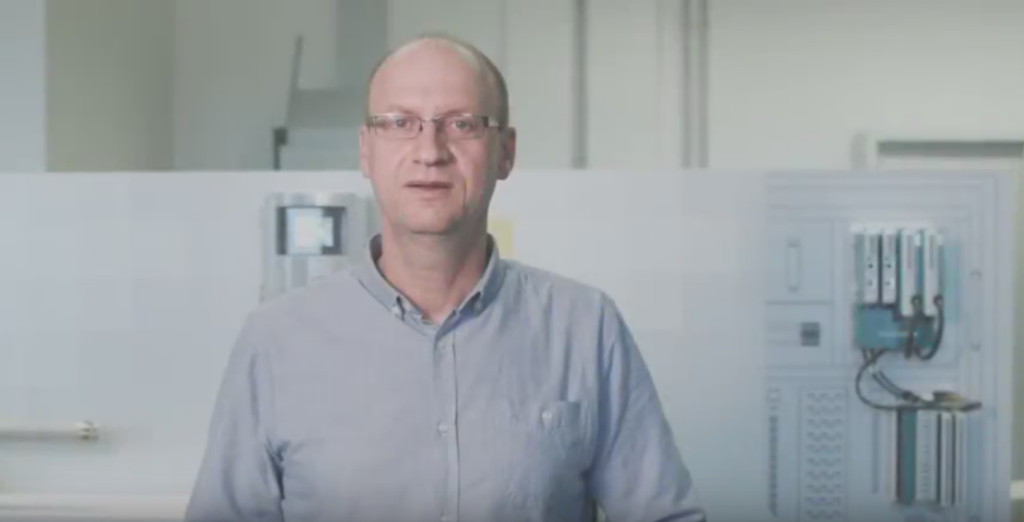In almost any chemical production facility, various substances frequently have to be stored temporarily in tanks or tank farms. Depending on the chemical substance involved, this circumstance can sometimes entail a risk of explosion. Elementary protection must therefore be provided to rule out the possibility of explosion. Ideally, this protection should prevent an explosive gas mixture from forming in the tank’s gas phase in the first place. This can be achieved by inerting the gas phase by blanketing it with nitrogen.
Oxygen content measurement may be required

This was recently the case at one of Yokogawa’s customers in Germany. The company in question had to demonstrate that there is no oxygen in its tank farm. The relevant application was classified as SIL2. “An extractive measurement would have cost the customer too much money in this specific instance and, above all, the need for constant maintenance was a major deterrent. It was decided to seek a solution that is largely maintenance-free and meets the requirements for SIL2. We were able to meet those requirements exactly with our TDLS8000 (Tunable Diode Laser Spectrometer),” reports Jürgen Kerndlmaier, the field sales representative responsible at Yokogawa.
Attractive package solution with TDLS
In this particular scenario, the oxygen content had to be determined in the gas balance pipe of a tank farm which is used to monitor the inerting of the system. “That kind of application can be found in virtually any chemical plant that has tank farms or production tanks,” says Kerndlmaier. “It was almost certainly a big advantage for us with this project that Yokogawa has long made a name for itself as a supplier of laser systems,” he adds. “From the very first meeting to the final commissioning, we were able to provide the client with an attractive package solution, and we’re obviously really pleased about that.” Yokogawa has already realized similar applications in this field in Germany on previous occasions, some of them with the predecessor TDLS200, which has been used there successfully for more than 10 years now. The laser spectrometer’s high measuring accuracy, combined with its ease of maintenance, is one of the outstanding features of this solution for monitoring inerting.
Incidentally, Yokogawa is set to expand the product range shortly. The TDLS8100 is a new probe-type Tunable Diode Laser Spectrometer which will be released for sale in April. “It, too, will be perfect for this application alongside the standard TDLS8000, because there should normally only be oxygen in the gas system or the gas balance pipe,” Kerndlmaier explains.
https://www.yokogawa.com/eu/blog/chemical-pharma/en/namur-workshop-der-prozesstaugliche-tdls/
Process capable laser spectrometry – fast, reliable, selective



